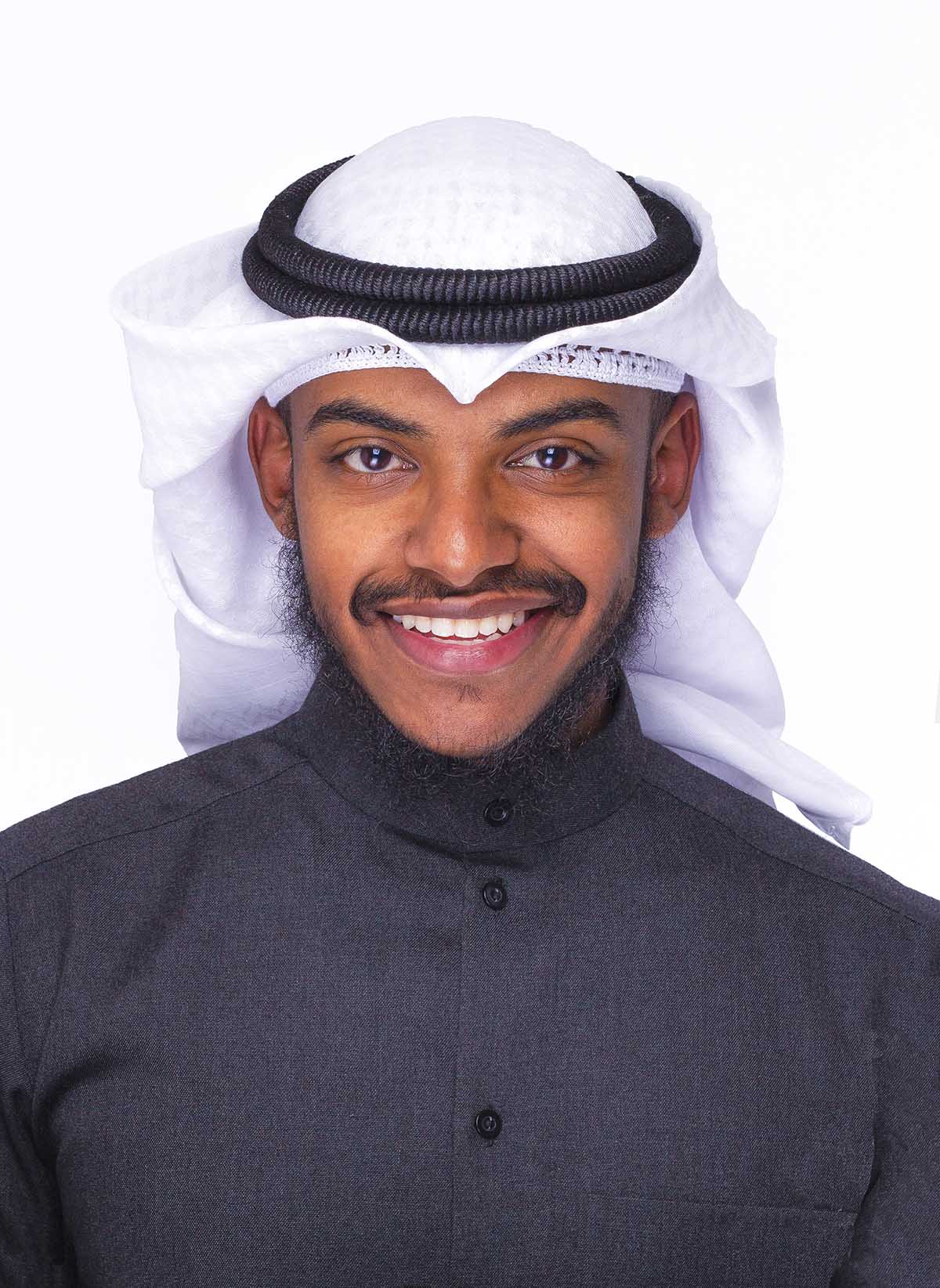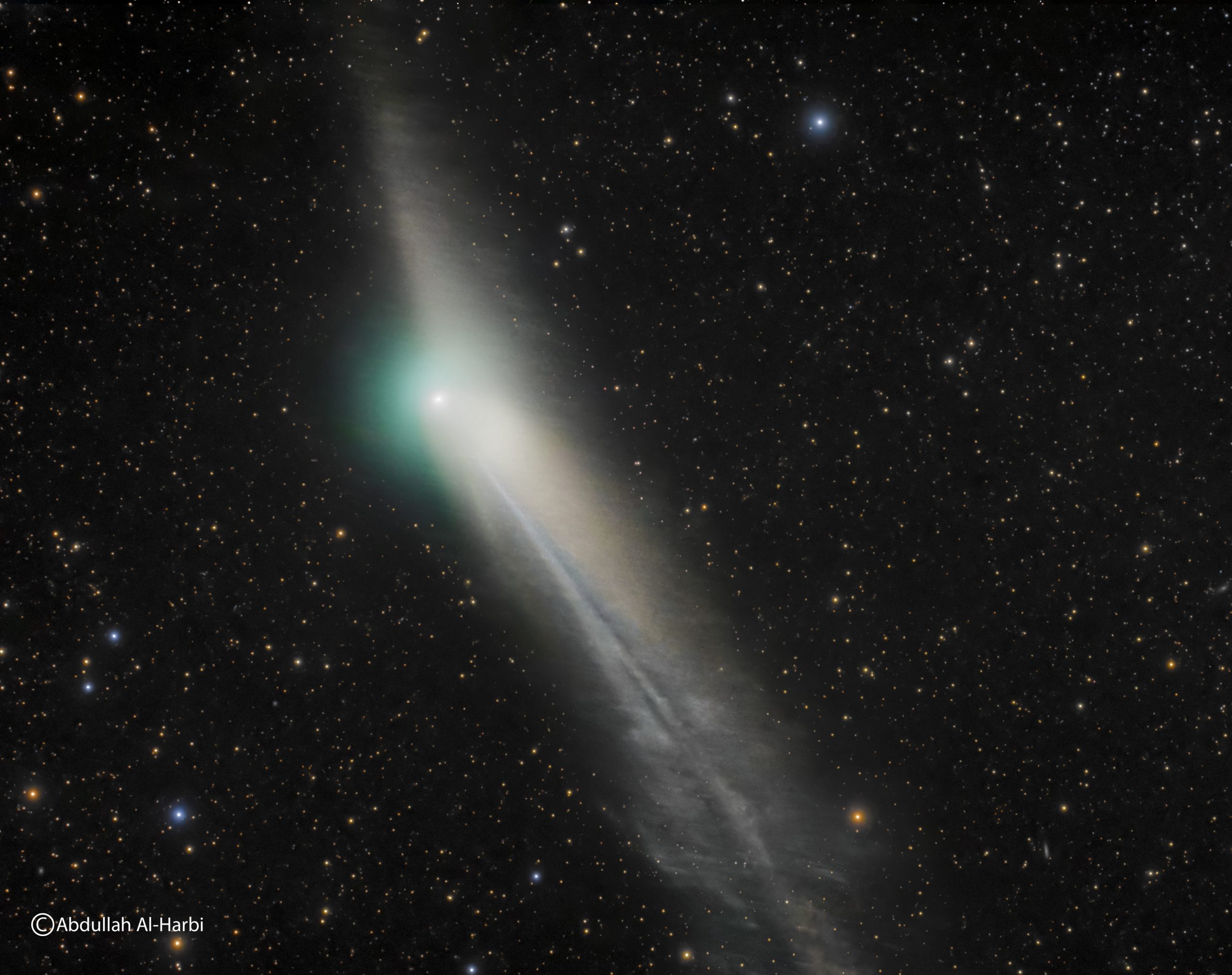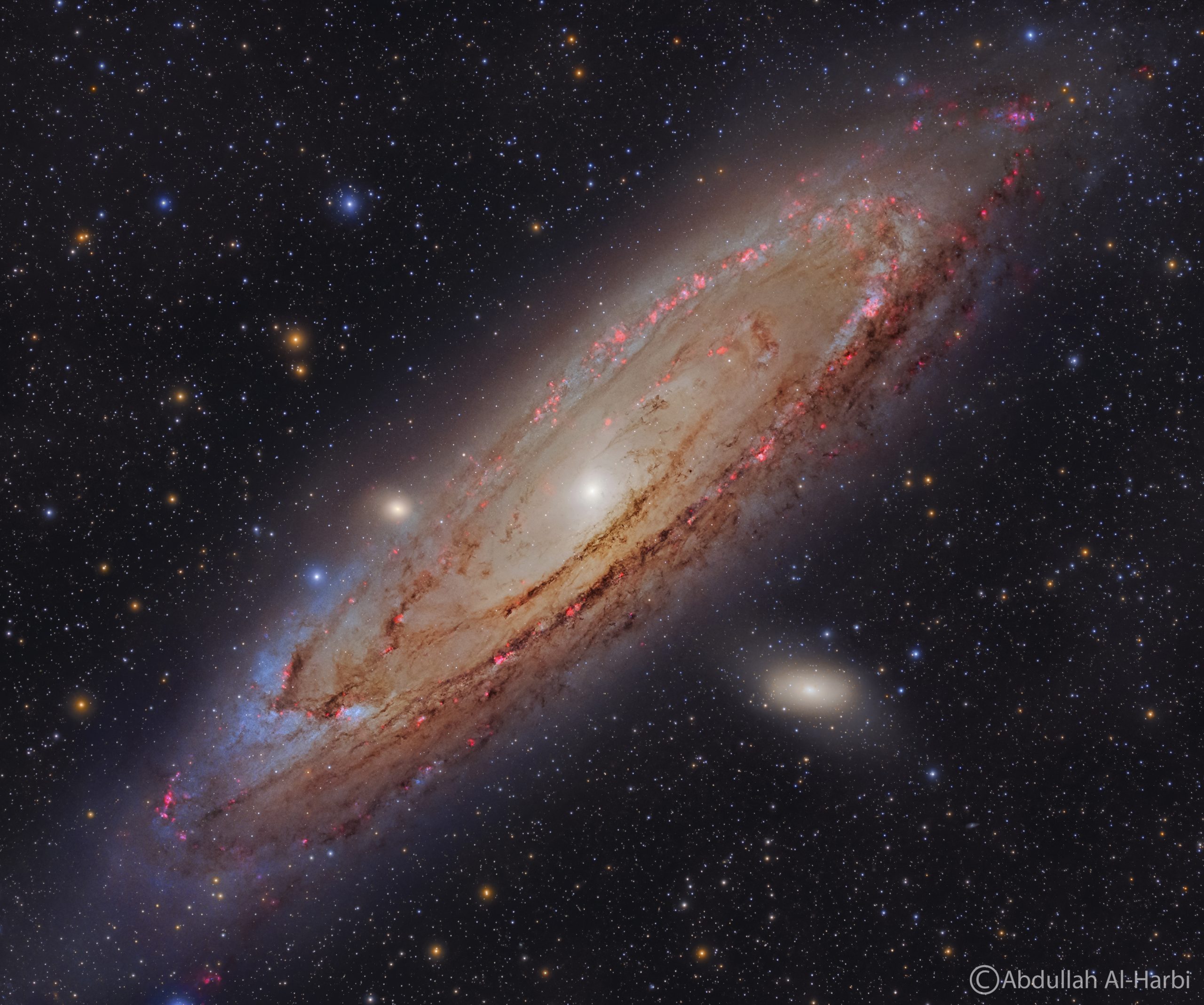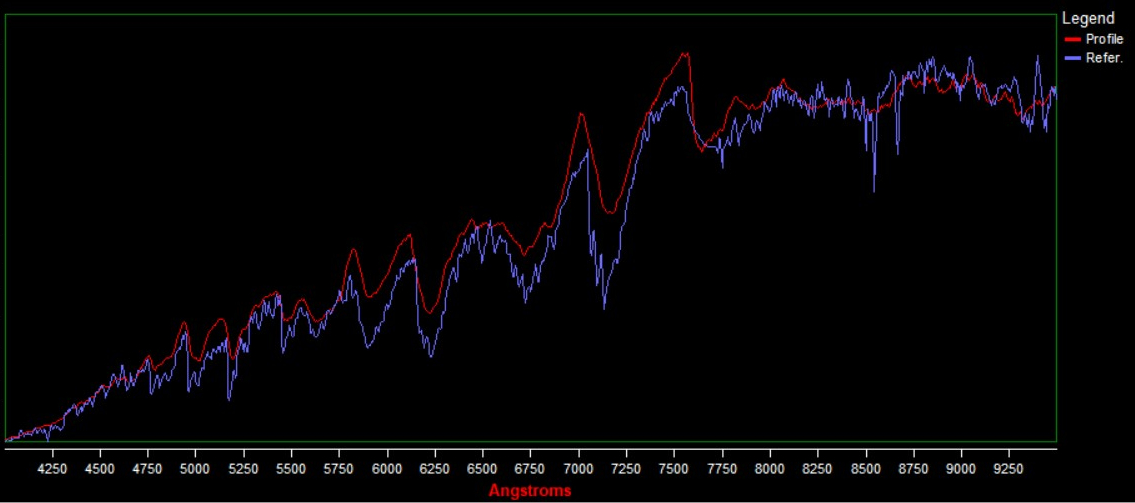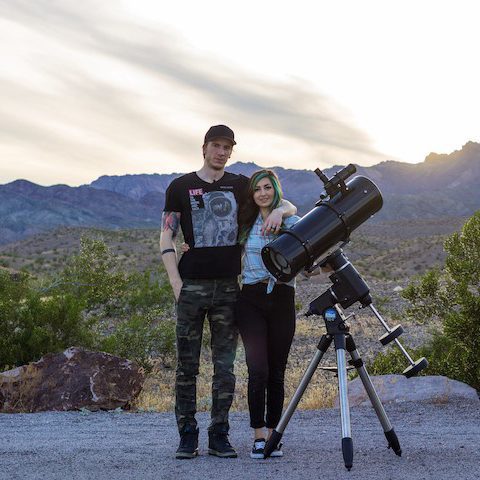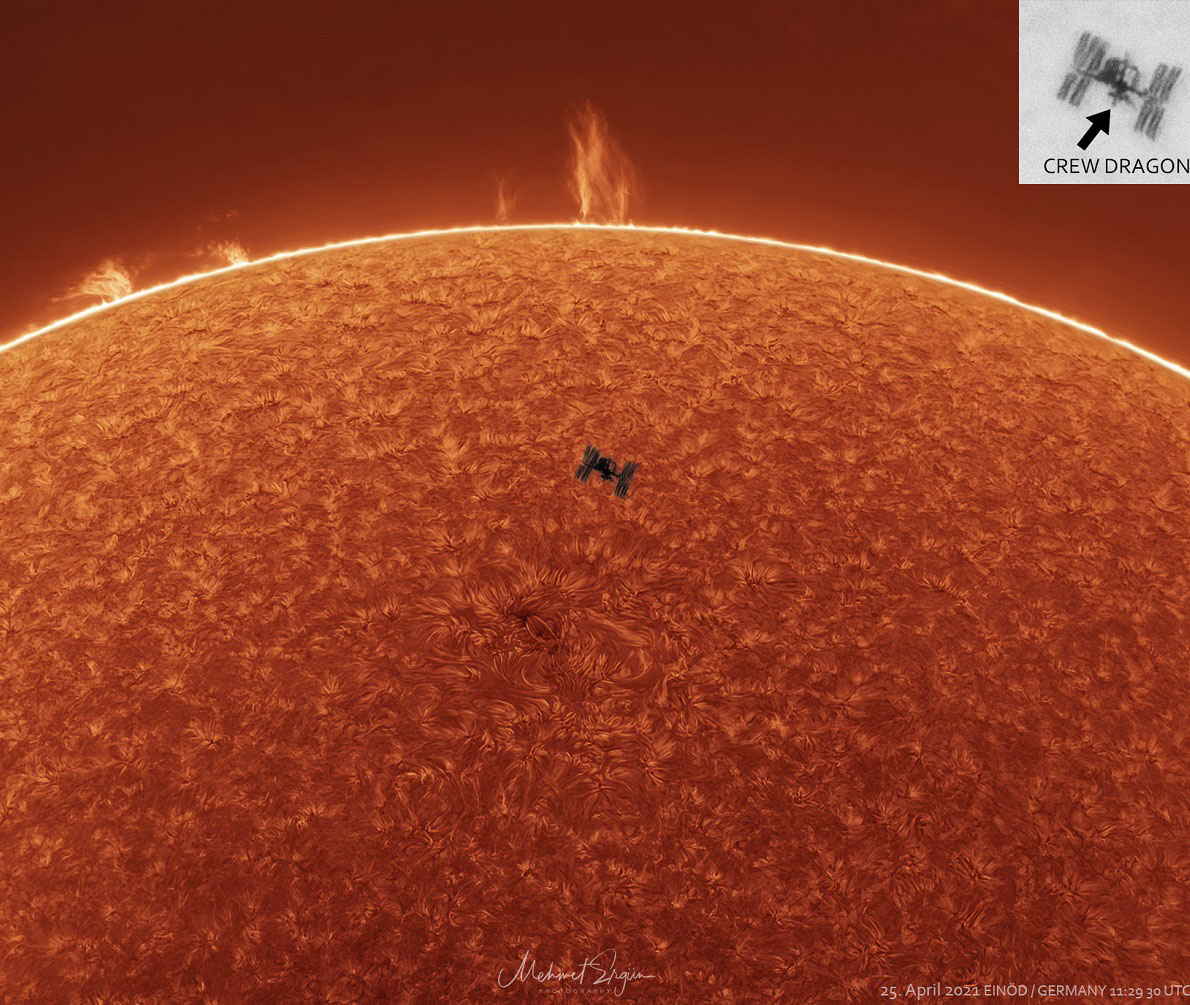Q: Really appreciate that we can have a chance to know more about you! Please make a brief self-introduction.
A: My name is Abdullah Alharbi from Kuwait, I have a bachelor’s degree in environmental technology management, and I recently got my Professional diploma in astronomy, space sciences, and technology, I live in a heavily light-polluted area where the darkest reachable sky is a Bortal 5, I started my photography journey 10 years ago while starting astrophotography in 2020, I got my first share of SKY (a subpage for NASA APOD) as a notable submission after 6 months from starting my astrophotography journey.
Q: What inspired you to pursue astrophotography, and how did you get started in this field?
A: I started learning about Astronomy while I was on a star gazing trip held by one of the centers of the Kuwait Institute for scientific development, from there the flame got lit, and started to learn more about the sky until I reached astrophotography.
Q: Can you share some of your favorite astrophotography images by now and what makes them special to you?
A: The C/2022 E3 ZTF phases. It is my favorite close image because I followed the comet for a month of imaging and after that it, I collected all the images of the comet that I have captured and put them in the real path with respect to the earth and sun, and that what made it one of the best works that I got. A long-time commitment to an image is a great thing to do. 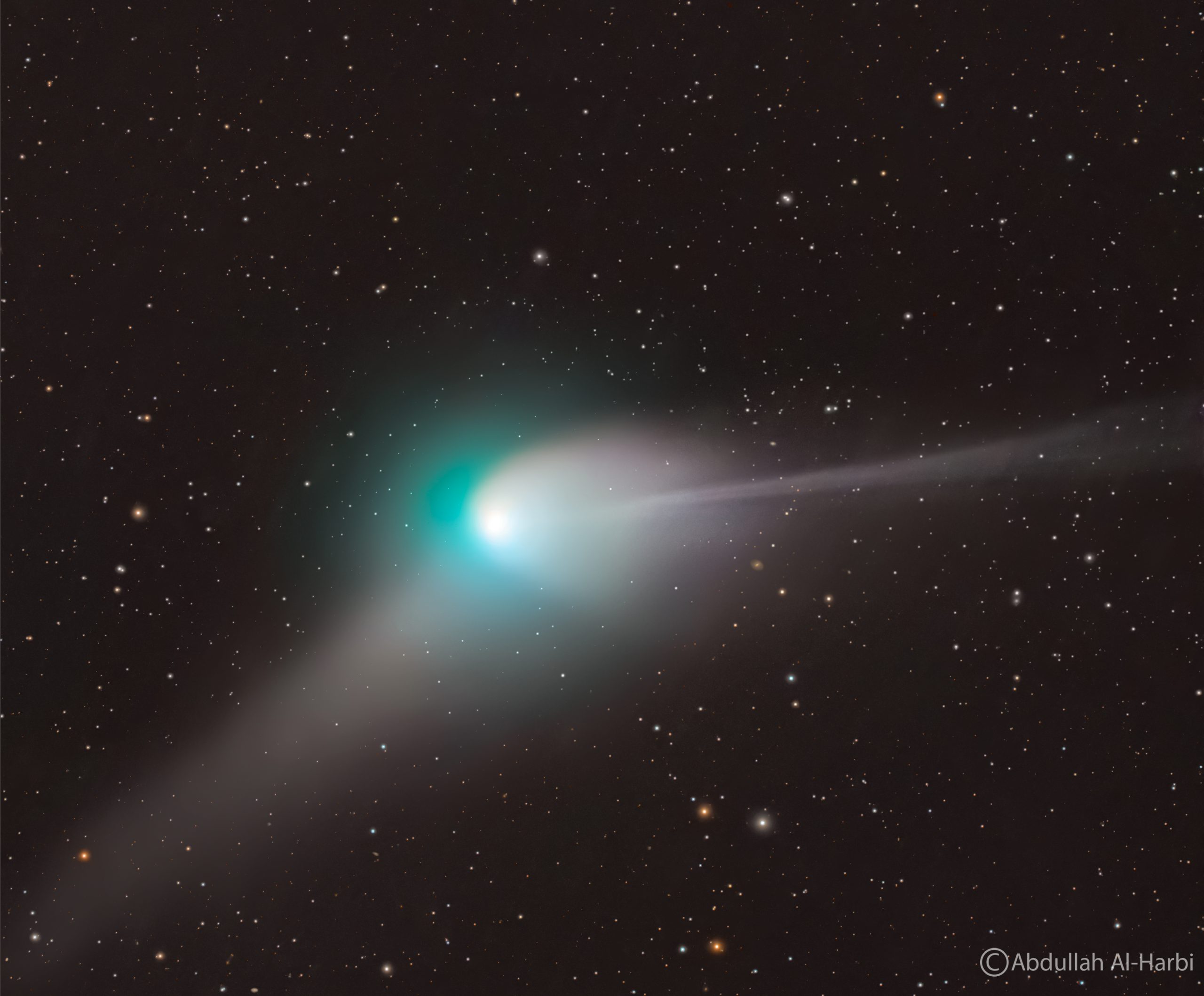
 QHY 268M, Chroma 36mm LRGB, Askar 600 with reducer f/3.9, CEM-40
QHY 268M, Chroma 36mm LRGB, Askar 600 with reducer f/3.9, CEM-40
Processing: Pixinsight, Photoshop
Q: What equipment do you use, and what features do you look for when selecting gear for astrophotography?
A: Currently, for mid-range objects, I have the ASKAR 600 with the QHY 268M with a Chroma filter LRGB SHO filters, these are very well-compatible equipment that perfectly fits my sky-seeing condition. And I have another galaxy set a 6” RC telescope with an ASI ZWO 1600MM unfortunately this set is not compatible as it has a weak sensor yet I’m planning to upgrade it to one of the QHY scientific cameras probably gone go for the 268M Pro with water cooling to fit my hot desert condition. Gears selection 100% should fit the photographer’s needs plus the environmental condition. As an example, my 268M camera has a very low dark current at high temperatures, for example, 10C since my ambient temperature reaches up to 45C at summer night and this is a very good point that helps me to avoid high dark current in some cameras, some beginners only go for the recommendation of other people, not the information, and that builds a wrong habit of collecting unmatched items that may lead some people to quit the field because they didn’t reach the quality of that person they have asked.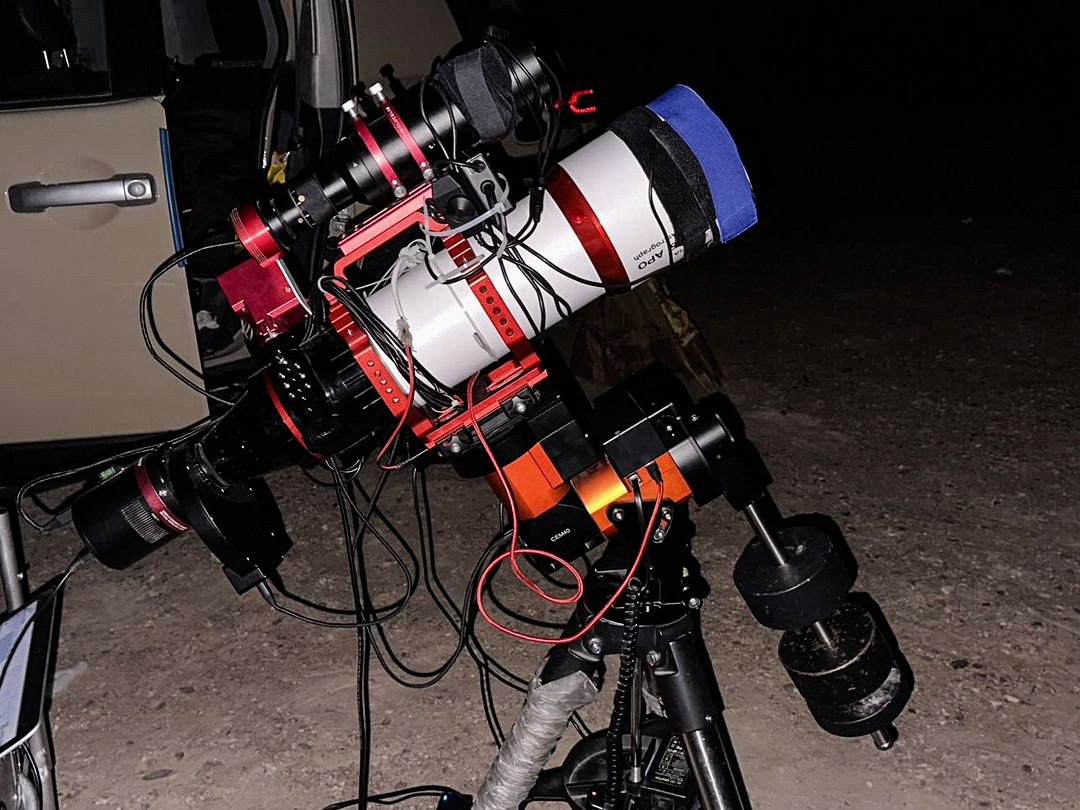
Q: You said that the light pollution is high in your area. What techniques do you use to reduce its impact?
A: I’ve got very good filters the full spectrum ones and the 3nm filter not only to avoid light pollution but also for long exposure projects, I aim for long integration to get the most data from the object that I’m targeting, which helps to get more SNR (signal-to-noise ratio), and when I start to remove light pollution in the post-processing of the data it will pop out even if I removed some of it during the light pollution removal process.
Q: Can you tell us about a particularly challenging or memorable astrophotography experience you’ve had, and what you learned from it?
A: To me, every image is an experience and a change I do learn every time I process.
Q: The M31 image you captured with QHY268M was awarded as APOD by NASA. How long did it take you to capture this image, and what was the process like?
A: A great event that gonna be placed in a very special place in my memories, I started to capture the Andromeda galaxy while it was in a very low place in the sky I got almost 3 hours a day I captured it in almost 8 days and ended up d with only 15.5 hours. I faced a lot of problems during capturing the Andromeda galaxy, while I was starting to capture it I saw that I got a tilt issue, and took me almost a month to solve and know the source of the problem. Some people will say 8 days can get more data but not with a tilt problem. I tried to screen the data as much as possible to integrate only the good data only. Extracting the hydrogen alpha in the galaxy helped to see the hydrogen housing area.
Q: How long have you used QHY268M in your hand? Any feelings about it? Share some images you captured using QHY268M with us!
A: The anniversary with the camera was in January, one of the greatest products that I’ve got, after I stepped into the field I did a wide range of searches to gather the most valid information about cameras and which of them is the best camera for amateur astrophotographers my conclusion was either QHY 600M pro or the QHY 268M pro, and only because of the price range and budget limit I got the least of the best which is the 268M, and the greatest thing about these cameras is that I can use them for my scientific researches soon, the dynamic range and full-well capacity of this camera are in another level (especially the high full-well mode) I’ve tried a wide range of cameras and so far this one is the best!
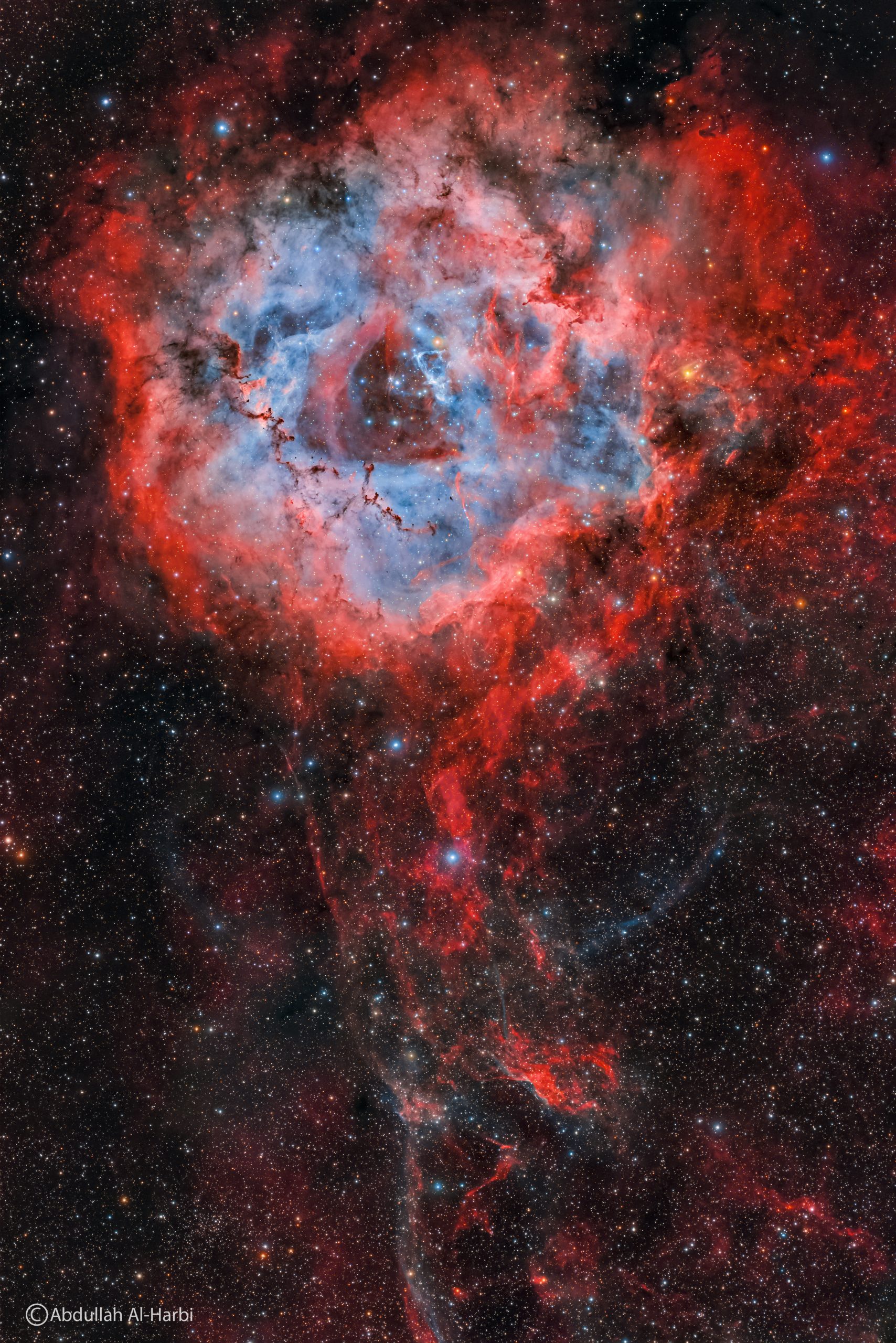 The Rosette Nebula, QHY 268M+Chroma 36mm LRGB SII OIII Ha+Askar 600+CEM-40
The Rosette Nebula, QHY 268M+Chroma 36mm LRGB SII OIII Ha+Askar 600+CEM-40
Ha: 600s*25; OIII: 600s*66; SII: 600s*16; R 300s*10; G 300s*10; B 300s*10
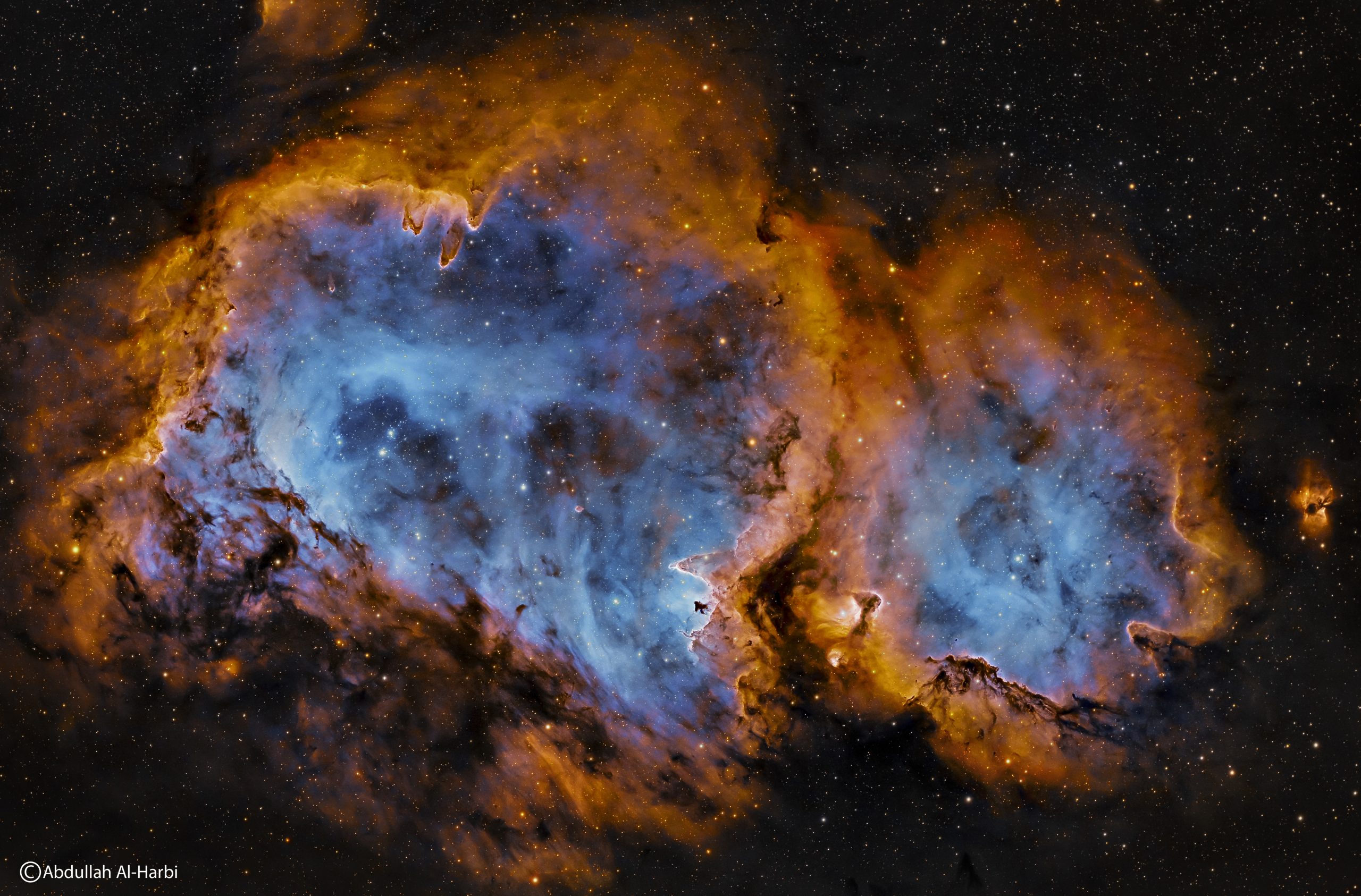 The Soul Nebula, QHY 268M+Chroma 36mm OIII, SII, Ha & RGB, Askar 600, CEM-40
The Soul Nebula, QHY 268M+Chroma 36mm OIII, SII, Ha & RGB, Askar 600, CEM-40
Ha 85*300s; SII 70*300s; OIII 80*300s; RGB 12*300s
22.5 hours
Moon: 99% to 50%
Bortal class 5/6
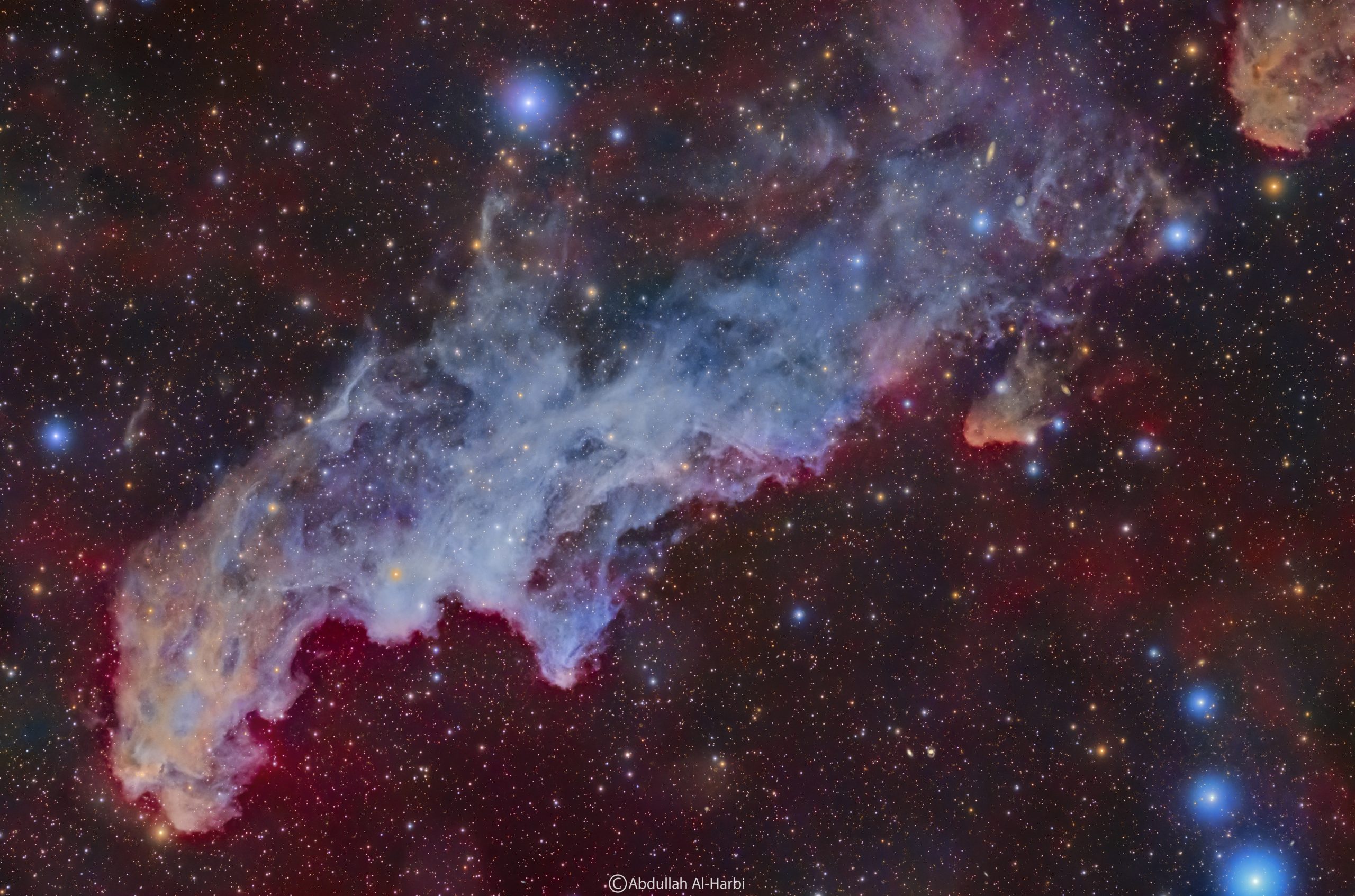 Witch head nebula, QHY 268M+Chroma 36mm LRGB Ha+Askar 600+CEM-40
Witch head nebula, QHY 268M+Chroma 36mm LRGB Ha+Askar 600+CEM-40
Ha: 600s*11; L 300*42; R 300s*25; G 300s*25; B 300s*25
Total integration 11.5 hours
Bortal class 5/6
 The Pleiades AKA M45 from Kuwait, QHY 268M+Astrodon 31mm gen2 e-series LRGB+William optics zenthstar 80 mm ii+Reducer Tele vue 0.8x+CEM-40
The Pleiades AKA M45 from Kuwait, QHY 268M+Astrodon 31mm gen2 e-series LRGB+William optics zenthstar 80 mm ii+Reducer Tele vue 0.8x+CEM-40
L 64*300; R 24*300; G 24*300; B 36*300
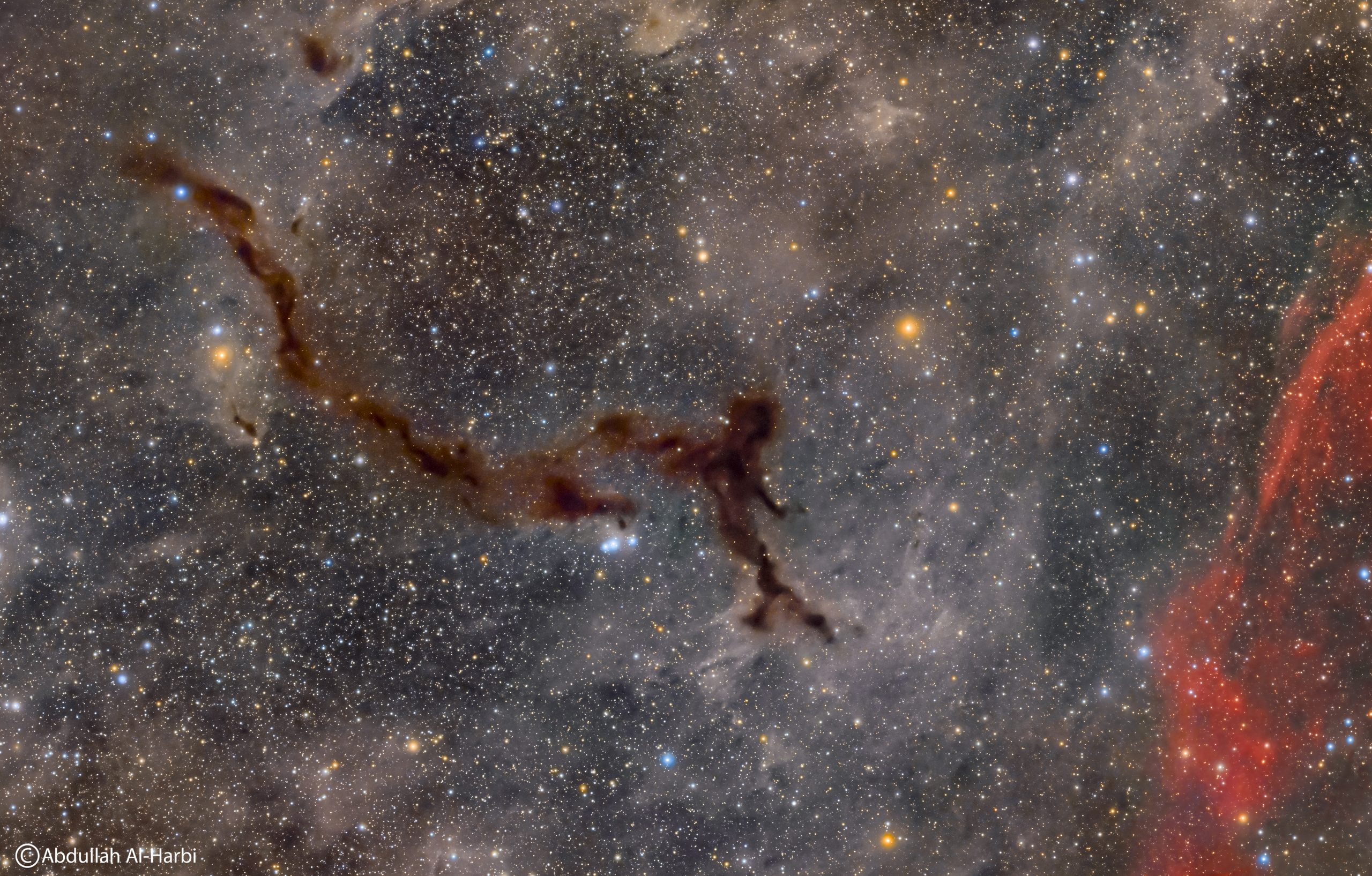 The spacewalk nebula (Barnard 150) with the IFN clouds, QHY 268M+Chroma 36mm LRGB+Askar 600 and William optics+CEM-40
The spacewalk nebula (Barnard 150) with the IFN clouds, QHY 268M+Chroma 36mm LRGB+Askar 600 and William optics+CEM-40
L: 300s*93 _ 600s*35; R 300*54; G 300*19; B 300*34
Total integration 22.5 hours
 Wolf-Rayet nebula(WR-134), QHY 268M+Chroma 36mm OIII & Ha+Askar 600+CEM-40
Wolf-Rayet nebula(WR-134), QHY 268M+Chroma 36mm OIII & Ha+Askar 600+CEM-40
Ha 18*300s; Ha 6*600s; OIII 67*300
 M78 from the Orion constellation HaLRGB, QHY 268M+Chroma 36mm LRGB Chroma 36mm Ha 3nm+William optics zenthstar 80 mm ii+CEM-40
M78 from the Orion constellation HaLRGB, QHY 268M+Chroma 36mm LRGB Chroma 36mm Ha 3nm+William optics zenthstar 80 mm ii+CEM-40
L 53*300; R 24*300; G 24*300; B 24*300; Ha 23*600
Total integration 14h 15min
Q: Which will be your next QHY product?
A: Mostly I’m planning to get for the summer season l QHY 533M to set up my wide filed rig planning for a new big heavy project. and QHY5iii 678C for moon/plenty in the fall season.
Q: What advice would you give to someone who is new to astrophotography, and what skills do you think are essential for success in this field?
A: Learn and listen, learn all the essential knowledge that will help you buy your equipment, and always ask people that have this equipment what is the disadvantages and what is their environment (humid, cooled, hot, etc), always ask astrophotographers in the field and don’t hesitate to ask about anything even if you think it is not a good question and keep your knowledge up to date. And get involved in the astrophotography community either by participating or by joining online groups, DON’T waste your money by getting unnecessary equipment, as they said buy once cry once, invest in the mount first then the camera, and then the telescope, any lens can play the telescope roll so just don’t bother yourself with telescope early if you’re planning to get into astrophotography direct Clear sky.


